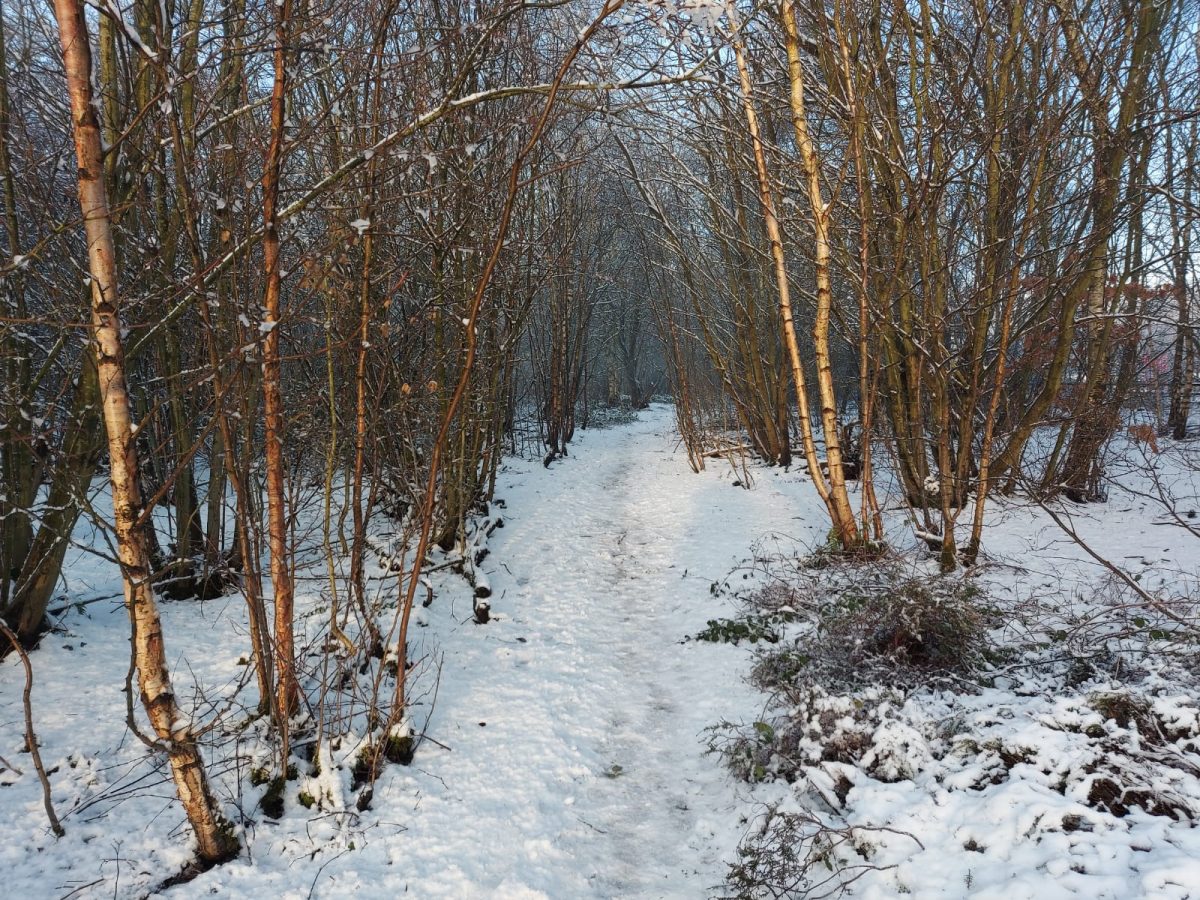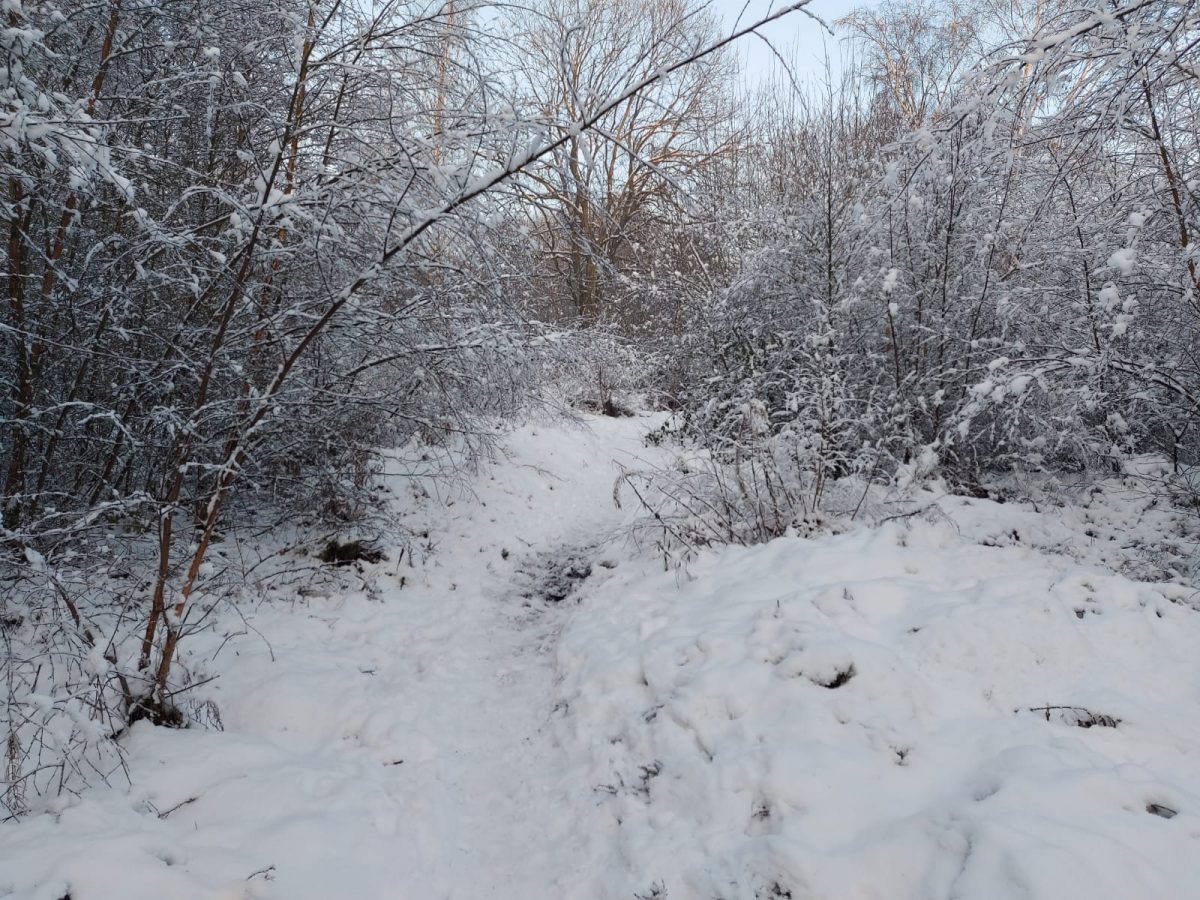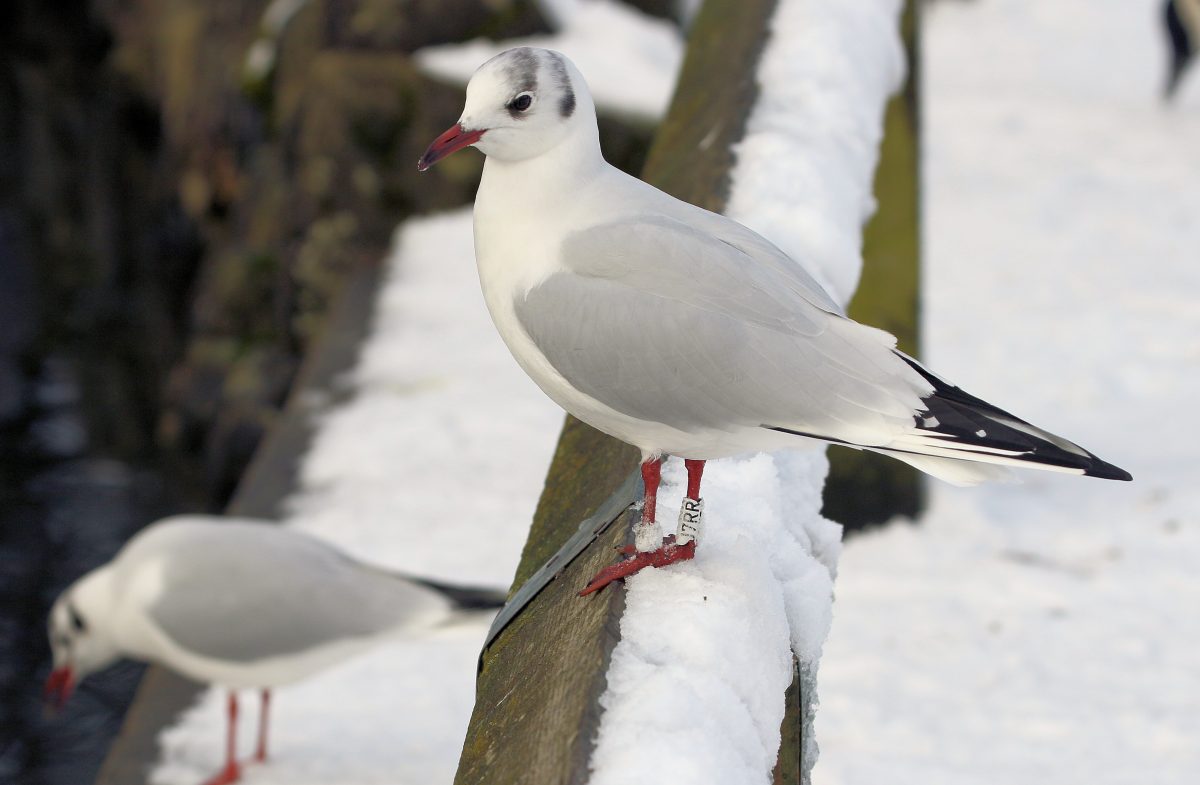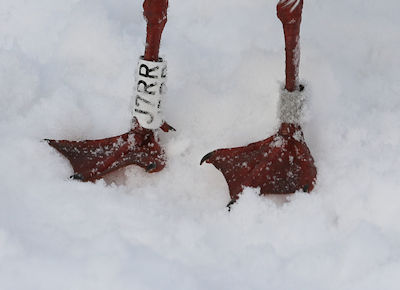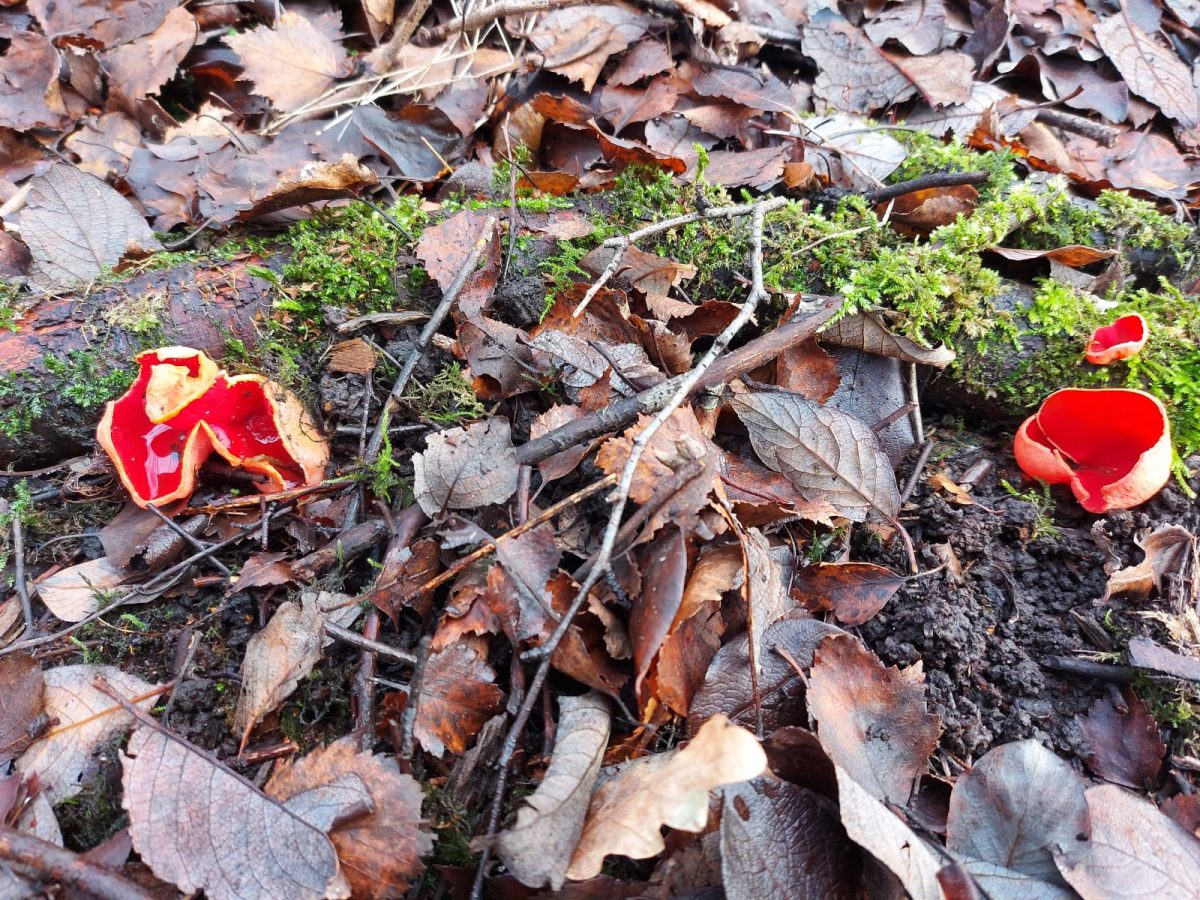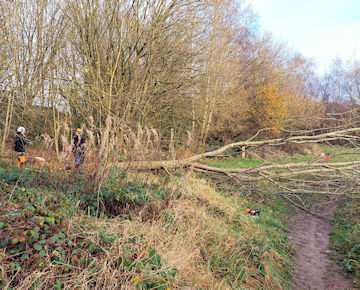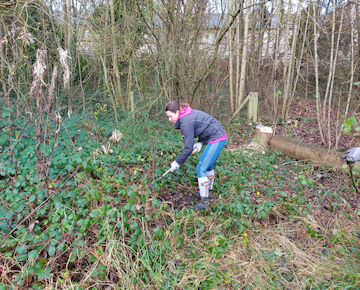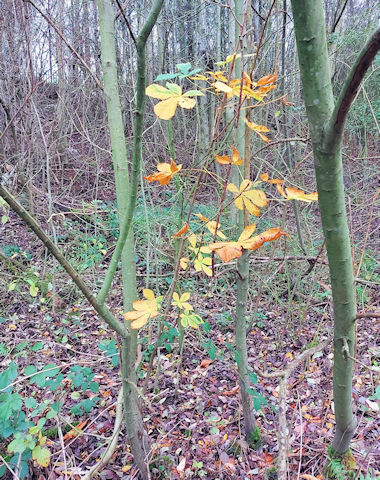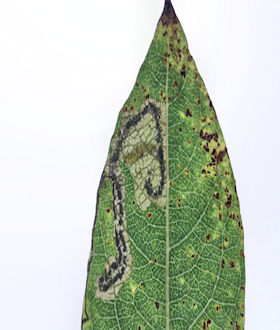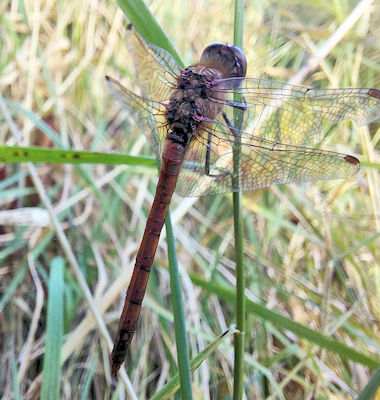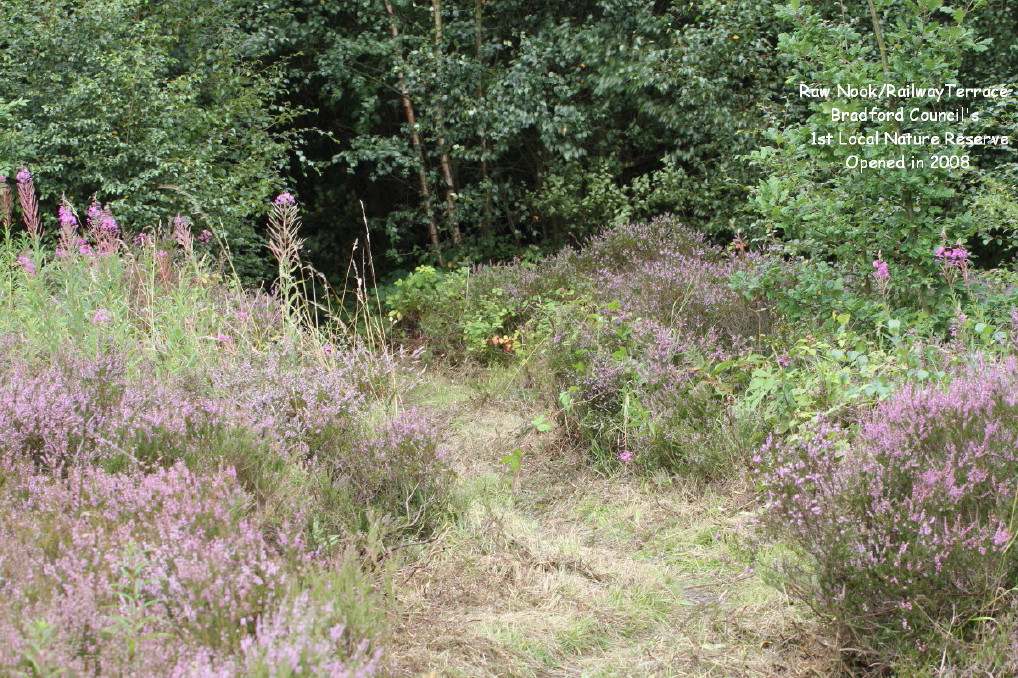Yesterday the ground was frozen solid and the temperature was -3c with a wind chill of -6.2c as I set off to walk to Raw Nook Nr and TH Beck.
The pond at Raw Nook Nr was frozen and there were few birds about except for a flock of 29 Goldfinch feeding with a small number of Redwing.
At TH Beck the large pond was un-frozen and contained 27 Mallard. Most of the middle pond was also open and there was another 5 Mallard there too bringing the total to 32 in total which is a record count.
My gut feeling is these birds have come from the Woodland country park as many appeared rather tame.
The big freeze has forced perhaps non garden birds into the gardens as they look for food. In my own garden we have had a pair of Pied Wagtail feeding on seeds and up to 6 Stock Doves visiting daily.
I end on a sad note. I witnessed a Sparrow Hawk the other day in my garden that flew in very low and landed at the foot of a Firethorn bush. In amazement I watched as the Hawk crept up inside the bush….then in a split second it flew out with our local garden Robin! I was gutted but..that is nature.
